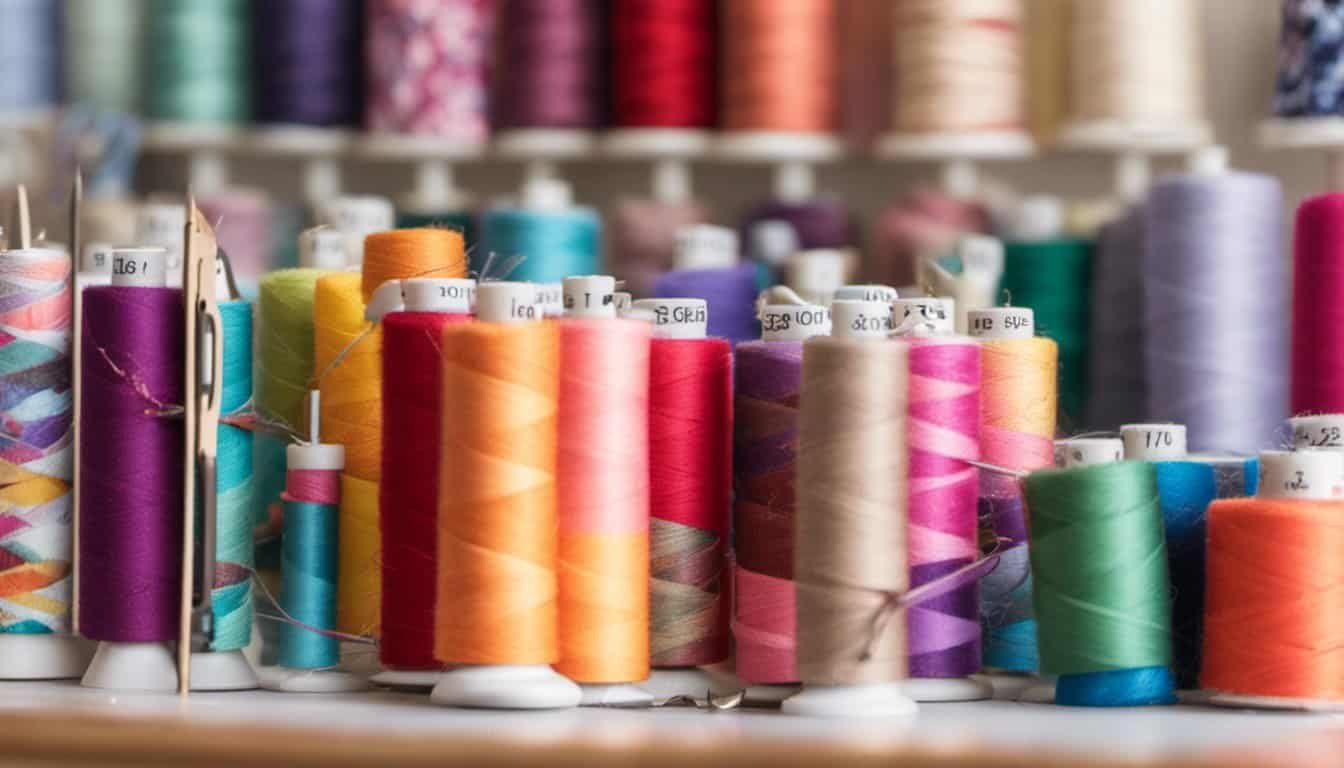Ever had your sewing machine act up right in the middle of a project? It’s frustrating, isn’t it? Whether you’re a seasoned tailor or a weekend hobbyist, dealing with a misbehaving sewing machine can throw a wrench in your creative process.
You’re not alone in this struggle. Many sewing enthusiasts face common issues like tangled threads, skipped stitches, or strange noises. But don’t worry—most of these problems have simple solutions. In this guide, you’ll learn how to troubleshoot and fix those pesky issues, so you can get back to stitching your masterpieces in no time.
Common Issues with Problem Sewing Machines
Encountering issues with your sewing machine can disrupt your creative process. Here are some common problems and solutions to help you get back to your sewing projects quickly.
Tension Troubles
Incorrect tension settings could ruin your stitches. If stitches appear uneven or the fabric puckers, examine the tension settings. For balanced tension, both the upper and lower threads should interlock smoothly. Adjust the tension dial gradually and test on a fabric scrap before continuing your project.
Frequent Thread Breakage
Thread breaks often occur due to improper threading or old thread. Check the threading path and rethread if necessary, ensuring the thread is correctly positioned through each guide. Utilize high-quality, fresh thread as old thread becomes brittle and breaks easily. Inspect the needle for burrs or bends which might also cause thread breakage.
Skipped Stitches
Skipped stitches can result from a dull or incorrectly inserted needle. Replace the needle with a new one, ensuring it’s properly installed with the flat side facing the back. Use the right needle type and size for your fabric to prevent skipped stitches: for example, a ballpoint needle for knits and a sharp needle for woven fabrics. Also, verify the thread is compatible with both the fabric and needle.
Maintenance Tips for Preventing Sewing Machine Problems
Regular maintenance keeps your sewing machine running smoothly and prevents common issues. By following these tips, you’ll ensure your machine operates efficiently and lasts longer.
Routine Cleaning
Remove lint. Excess lint from fabric accumulates around the bobbin area and throat plate, causing jamming issues. Clean the machine after every project or every 8 hours of sewing time.
Wipe surfaces. Dust off the exterior with a soft cloth to prevent particles from entering the machine. Use a small brush for hard-to-reach areas.
Change needles. Swap out needles regularly, ideally after every project or every 8 hours of use, to prevent fabric snags and ensure smooth stitching.
Proper Oiling
Check manual. Refer to the machine’s manual for oiling instructions, as not all machines need regular oiling. Machines with metal parts usually require more frequent oiling.
Use sewing machine oil. Apply a few oil drops specifically designed for sewing machines to the designated areas. Avoid over-oiling, which leads to residue buildup.
Oiling frequency. Generally, oil your machine after every 20 hours of use or once a month, whichever comes first. Adjust based on the specific needs of your machine as per the manual.
Choosing the Right Sewing Machine for Your Needs
Choosing the right sewing machine significantly impacts your sewing projects. You can ensure the machine meets your requirements by evaluating features and considering user reviews and ratings.

Evaluating Machine Features
Evaluate machine features to match your sewing goals. Consider stitch options available on the machine. Standard machines offer basic stitches, while advanced models provide decorative stitches and embroidery functions. Look for an automatic needle threader to save time, especially on complex projects. Check if the machine has adjustable speed settings to control stitching pace, especially if you’re new to sewing. Verify that the machine supports various fabric types, from light cotton to heavy denim. Machines with a variety of presser feet allow for more versatile sewing projects.
Considering User Reviews and Ratings
Read user reviews and ratings to understand the machine’s performance. Look for feedback on reliability and durability from users who have similar sewing needs. Check if users mention ease of use, as a friendly interface can enhance your sewing experience. Note reviews about customer support quality for potential future issues. Explore professional reviews for detailed analysis and comparisons between models. High ratings and positive feedback from experienced sewers can indicate a reliable machine, ensuring your investment is worthwhile.
Handling Repairs and Replacements
Sewing machines, like all mechanical devices, may occasionally need repairs or replacements for parts. It’s important to know when to handle these issues yourself and when to seek professional help.
When to Seek Professional Help
Certain problems necessitate professional attention. If your sewing machine motor makes unusual sounds or produces a burning smell, it’s best to consult a technician. Electrical issues such as inconsistent power supply or malfunctioning foot pedals also require expert intervention to avoid potential hazards.
Complex mechanical repairs, like replacing worn gears, realigning internal components, or fixing timing issues, should be left to professionals. Attempting these on your own can lead to further damage or void your machine’s warranty. Technicians have specialized tools and training to address these intricate problems effectively.
DIY Repair Tips
« 10 Expert Tips on How to Fix Sewing Machine Tension Like a Pro – Say Goodbye to Frustration
Unlock Your Sewing Potential: The Best Sewing Tutorials on YouTube You Need to Watch Now »
For minor issues, do-it-yourself repairs can save time and money. Always start by turning off and unplugging the machine. Check your manual for troubleshooting steps tailored to your model.
- Tightening Screws: Loose screws can lead to various issues. Use the appropriate screwdriver to tighten any visibly loose screws on the machine casing or accessory components.
- Replacing Needles: Regularly changing needles can prevent skipped stitches and fabric damage. Use compatible needles for your machine and fabric type.
- Rethreading: Improper threading often causes tension problems. Rethread the machine, ensuring the thread passes through all the necessary guides and tension discs.
- Lubricating the Machine: Refer to your machine’s manual for oiling points. Apply sewing machine oil to these areas to ensure smooth operation.
- Cleaning: Lint and dust can accumulate in the bobbin area and other parts. Use a small brush or compressed air to clean these areas periodically.
Always refer to your sewing machine’s manual for specific maintenance guidelines. Regular upkeep can extend your machine’s lifespan and improve your sewing experience.
Conclusion
A well-maintained sewing machine can be your best ally in any sewing project. By addressing common issues and knowing when to seek professional help, you can keep your machine running smoothly. Regular upkeep not only extends its lifespan but also ensures a more enjoyable sewing experience. Remember to consult your manual for specific maintenance tips and choose a machine that fits your needs by evaluating features and user reviews. Happy sewing!

















